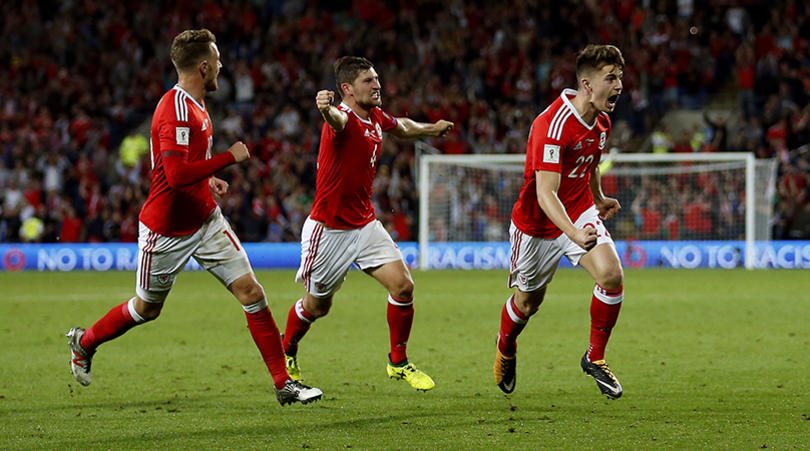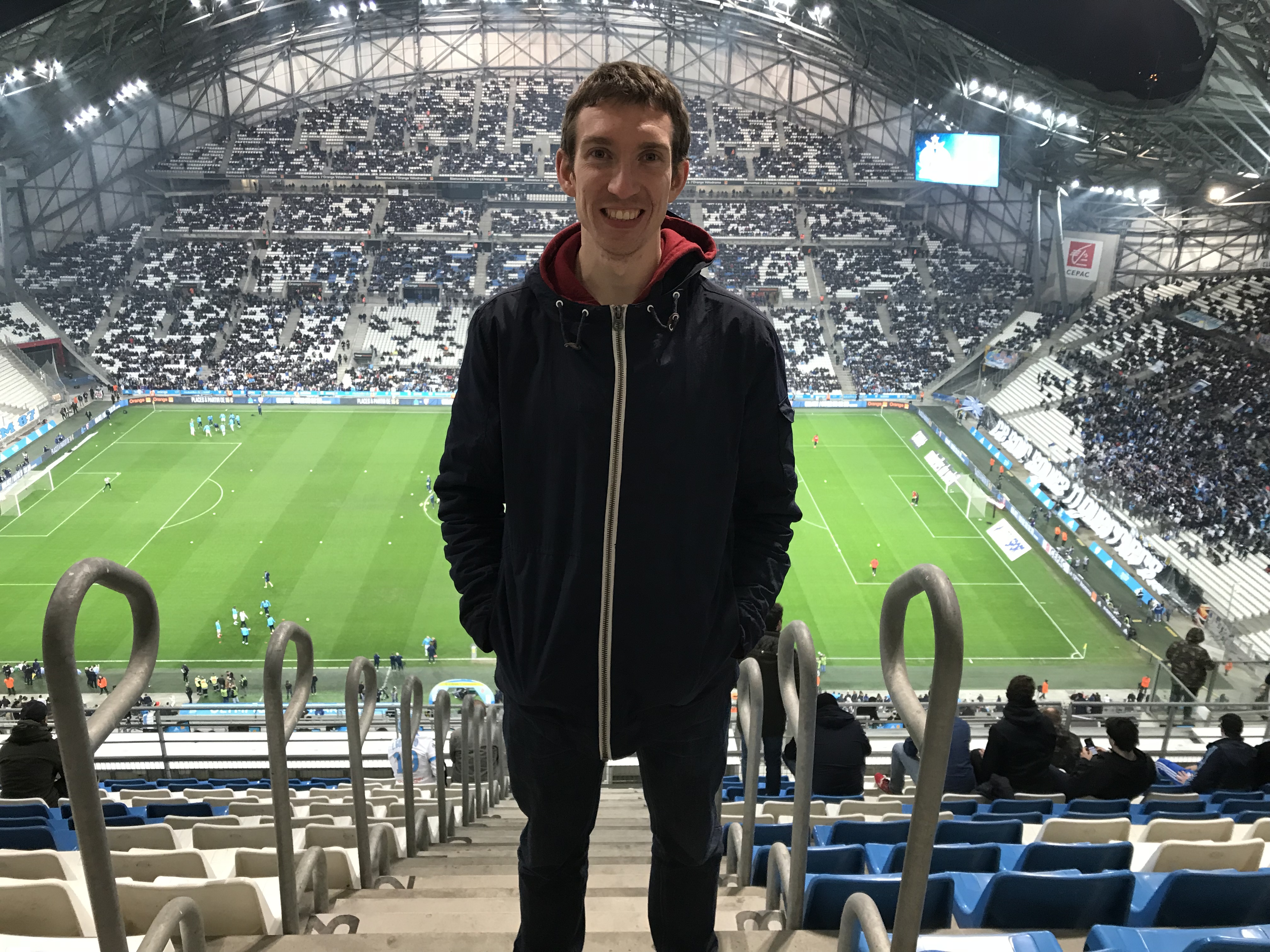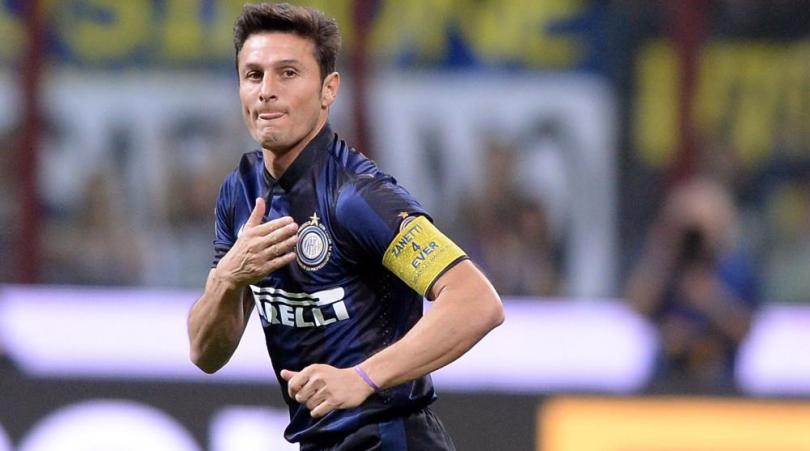Why Man City and Liverpool chose NOT to reinforce their defences this summer
Both sides suffered with wobbly backlines last season – so spent a summer improving their attacking options. Greg Lea explores why
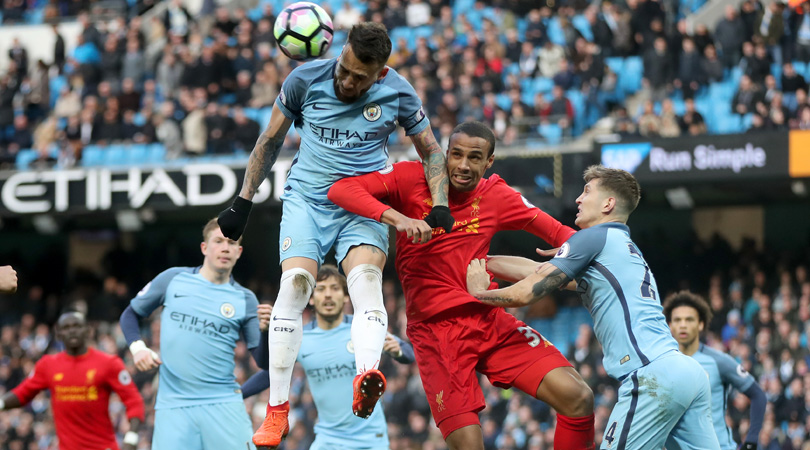
The last time Manchester City met Liverpool, only poor finishing prevented a 10-goal thriller. That clash at the Etihad in March ended in a 1-1 draw, but the scoreline didn’t reflect the helter-skelter, end-to-end nature of the game. In many ways, those 90 minutes served as the perfect illustration of both teams' strengths and weaknesses.
Few opponents could cope with Manchester City and Liverpool’s flurry of movement and firepower in forward areas
Chelsea and Tottenham were the Premier League’s two highest scorers last term, but it was City and Liverpool who produced the most thrilling attacking football. Pep Guardiola’s men dazzled in victories over Bournemouth, Manchester United, West Brom and Crystal Palace, while Jurgen Klopp’s charges thrashed Hull 5-1, Watford 6-1 and West Ham 4-0.
When they turned it on, few opponents could cope with Manchester City and Liverpool’s flurry of movement and firepower in forward areas.
Dog days
Yet as the final league table would suggest, those days didn’t come around often enough. City were frequently wasteful in front of goal, creating plentiful opportunities but failing to convert enough of them. Liverpool often struggled to break down teams who sat deep, ceded possession and packed men behind the ball.
Those shortcomings, however, were secondary to the two sides’ primary problem: defensive shakiness. City actually conceded the fourth-fewest goals in the division, with Liverpool just one place behind. In terms of shots, meanwhile, City allowed the fewest per game at 7.9 and Liverpool the second fewest at 8.2. The issue, though, was the quality of those opportunities rather than the quantity.
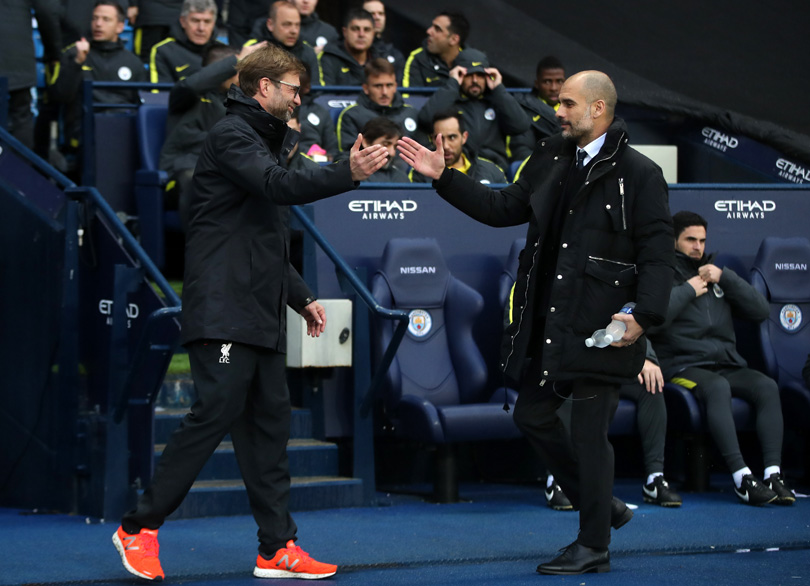
Expected Goals (xG) is an analytical tool which measures the likelihood of any given chance being scored based on factors such as the shot location, shot angle, shot type and assist type, with each effort given an xG value between 0 and 1.
Get FourFourTwo Newsletter
The best features, fun and footballing quizzes, straight to your inbox every week.
Liverpool’s xG per shot conceded was the second-highest in the league – meaning the attempts they allowed were of relatively good quality. City fared slightly better, ranking ‘only’ ninth-worst, but they were undone by particularly shoddy goalkeeping: Claudio Bravo faced 61 shots on target and conceded 28 goals, by far the poorest record in the top flight.
Non-reflective transfer window
It was clear, then, both from watching the two teams play and examining their performances analytically, that City and Liverpool would need to tighten up defensively if they were to improve this campaign. Judging from their activity in the transfer market, though, you wouldn’t necessarily realise that was the case.
City snapped up goalkeeper Ederson from Benfica, relegating Bravo to the role of back-up, while also spending over £120m on three new full-backs. Yet the principal reason for Guardiola signing Kyle Walker, Benjamin Mendy and Danilo was to aid his side’s attacking efforts, with the trio set to provide width and speed high up the pitch. A proposed move for West Brom centre-half Jonny Evans didn’t materialise in the end, and there’s no new holding midfielder at the Etihad either.
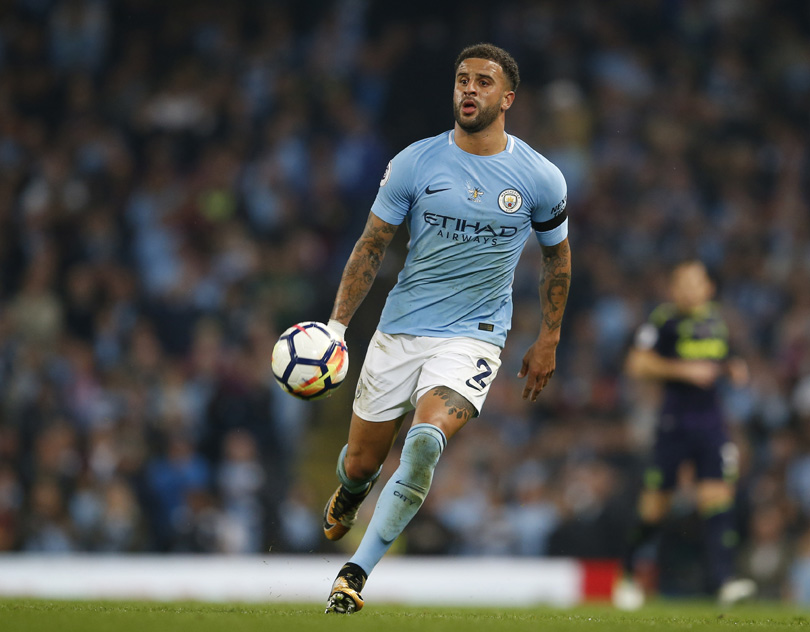
Liverpool strengthened with the acquisitions of wide forward Mo Salah, left-back Andrew Robertson and the versatile Alex Oxlade-Chamberlain, who’s determined to secure a midfield berth at Anfield. Simon Mignolet remains first-choice goalkeeper despite persistent doubts – although it should be noted that he’s improved in recent months – and No.2 Loris Karius is yet to fully convince.
Early evidence from this season suggests they are trying to fix the problem by simply doubling down on Plan A and doing the same thing as before – just better
The Reds flirted with Virgil van Dijk for almost the entire summer but didn’t seem to line up any alternatives to the Dutch centre-back, for whom Southampton supposedly received no offers on deadline day. Liverpool’s pursuit, it seems, was half-hearted at best (perhaps in fear of repercussions).
At first, it may seem curious and even negligent that Guardiola and Klopp failed to significantly bolster their defensive ranks in the market, particularly as both managers will be painfully aware of their sides’ shortcomings in this regard. Instead, the early evidence from this season suggests they are trying to fix the problem by simply doubling down on Plan A and doing the same thing as before – just better.
Increased control
City produced some sparkling attacking football at times last term, but they didn't exert the same level of control over matches as Guardiola’s Barcelona or Bayern Munich outfits. Perhaps that’s to be expected given the gulf in class between, say, Fernandinho and Sergio Busquets, but it’s clearly a key part of why City were vulnerable to counter-attacks and fragile at the back.
Guardiola has hardly set up his men more defensively so far in 2017/18. Including another central defender against Brighton and Everton may have added an extra layer of security, but the use of 3-5-2 was primarily an attempt to get Sergio Aguero and Gabriel Jesus on the pitch at the same time.
City then shifted to a 4-3-3 in the victory over Bournemouth, with a central triumvirate of Kevin De Bruyne, David Silva and Fernandinho – a pair of No.10s and a box-to-box midfielder. Guardiola will want City to be more solid, but he won’t be drastically changing his tactics to try to bring that about.

It’s a similar story 35 miles down the M62. Two sloppy set-piece concessions against Watford on the opening day was an instance of Liverpool’s major weakness rearing its ugly head once more, but they have since kept clean sheets against Crystal Palace, Hoffenheim and Arsenal, and have now managed seven shut-outs in their last nine Premier League outings.
As pitiful as Arsenal were last weekend, the Merseysiders deserve great credit for not allowing them a single shot on target. While Dejan Lovren and Joel Matip performed well enough, the main reason for the Gunners’ ineffectiveness – aside from their own ineptitude – was collective rather than individual, relating largely to the success of Liverpool’s pressing game in forcing turnovers and disrupting their opponents’ rhythm.
Arsenal were kept away from the danger zone for large parts of the match, with Lovren and Matip nowhere near as exposed as they often were in 2016/17. Instead of seeking reinforcements in the transfer window, Klopp intends for his side to iron out their defensive issues by simply getting better at what he’s been asking them to do since day one.
It will be intriguing to see how all this plays out, starting with Saturday’s clash at the Etihad. Guardiola and Klopp will both have designs on the title this year, even if there isn’t quite so much pressure on the latter to return the 18-time champions to the top of the tree.
On the face of it, neither team adequately addressed their weaknesses this summer, but both City and Liverpool will hope to show there is more than one way to improve a defensive record. Whether it will work or not remains to be seen, but the one thing we can be sure of is that Guardiola and Klopp will succeed or fail on their own terms.
Greg Lea is a freelance football journalist who's filled in wherever FourFourTwo needs him since 2014. He became a Crystal Palace fan after watching a 1-0 loss to Port Vale in 1998, and once got on the scoresheet in a primary school game against Wilfried Zaha's Whitehorse Manor (an own goal in an 8-0 defeat).
